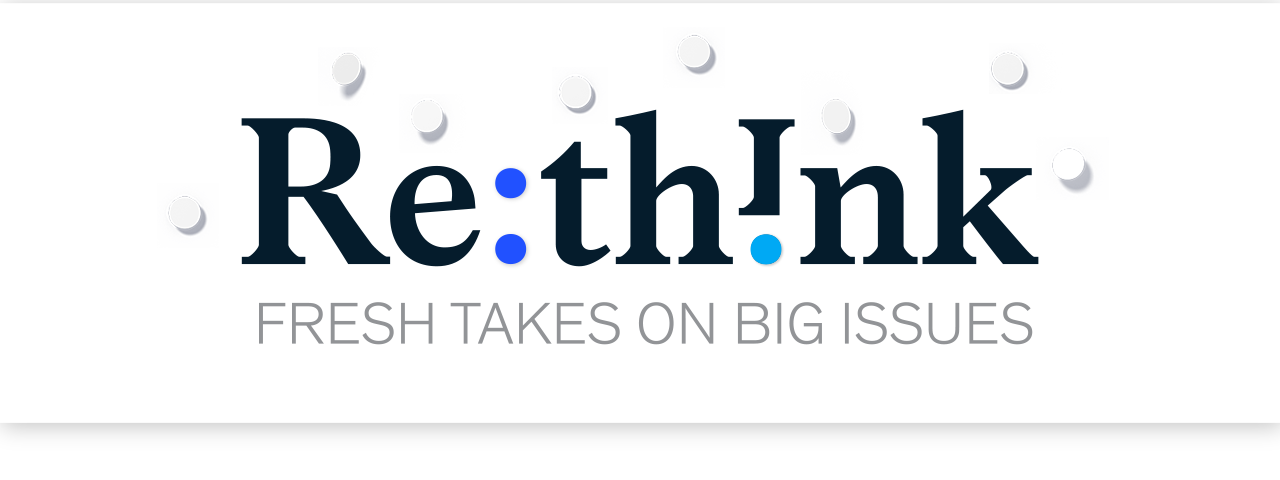
|
|
|
|
|
|
REIMAGINING THE WORKWEEK
#yourhalftimeismyfulltime
|
|
|
|
|
|
|
|
|
|
|
|
A lot of people are talking about the four-day workweek, but I think it’s more revealing to talk about the 20-hour workweek.
|
|
|
For people who want flexibility, 20 hours a week is a really manageable number. It’s particularly good for young people, who often want a solid gig but also value the side hustle that helps them find their purpose. And it’s excellent for older people who have recently retired. A huge part of their social life may well have been tied up with work. They might like to continue collaborating with peers, colleagues, and friends. And the work benefits may be better than what they’d get as retirees.
|
|
|
This should be a win–win. If a company could get access to loyal—not transactional—people who are excited to be at work, why wouldn’t it want that?
|
|
|
However, most companies don’t want to deviate from what they consider “normal”—a five-day, 40-hour workweek. (Which, by the way, is an artificial creation enshrined by laws passed more than 80 years ago.) Employers think anything else would be too complicated. But if they really examined what their talent force looks like, they’d see it’s quite complex already, full of “full-timers” with special arrangements, contractors deeply entwined with the company, freelancers who were once full-timers, and so on.
|
|
|
Another big convention that most employers don’t want to alter is offering benefits only to people working a standard 40-hour week. But perhaps that’s short-sighted. By lowering the bar to 20-hour weeks, they probably create a more reliable workforce, full of people who know the company and its culture and who are committed to it, because the company is helping them have a happier, more flexible life.
|
|
|
|
|
|
|
|
|
years ago, the Fair Labor Standards Act enshrined the 40-hour workweek |
|
|
|
Now, 20 hours isn’t some magical number. My beef with the five-day workweek is that it’s a norm from long ago that hasn’t been adjusted to reflect the way that work has evolved. Like many proposals for four-day workweeks, it’s a mandate handed down from on high. So, maybe 25 hours is right. Maybe 30, even though that seems too high to me. The point is that affording employees this kind of flexibility would be both an honest recognition of today’s talent market and a way for companies to build lasting loyalty from employees—at a time when loyalty to corporations is at a low.
|
|
|
When it comes to having to go into an office every day of the week, the genie is out of the bottle. When we next hit a downturn in the economy, some employers will be tempted to think, “Now is our chance to get back to everyone in the office every day.” If that happens, you’ll see a bifurcation between those companies and more flexible firms. And I think those companies will be hurt because people no longer accept the idea that a company owns them. They think they deserve choice, and they’re not going to relinquish that easily. They’re going to get on social media and talk about their employers, and there’s going to be a cost to that.
|
|
|
But companies that are less entrenched in tradition and that offer workers real flexibility are going to create a workplace that’s compelling. At those companies, people will enjoy the feeling of going into the office.
|
|
|
I think there’s a good chance that within five years, employers offering 20-hour workweeks with benefits will become more of a norm. For the past two years-plus, employees have made their independence clearer than ever. It’s time for employers to acknowledge that reality and adjust their policies and expectations. Believe it or not, the workplace has changed from 80 years ago.
|
|
|
|
|
|
|
|
|
|
|
|
|
|
|
|
|
|
|
|
A record number of employees are quitting or thinking about doing so. Organizations that take the time to learn why—and act thoughtfully—will have an edge in attracting and retaining talent.
|
|
|
|
|
 |
|
|
|
|
|
Our latest transformations research confirms that success remains elusive and reliant on a holistic approach. Yet some actions are especially predictive of realizing the financial benefits at stake.
|
|
|
|
|
|
|
|
|
Carolyn Dewar on CEO Excellence
|
|
Deep new McKinsey research on CEO performance over the decades reveals that six mindsets distinguish the very best CEOs.
|
|
|
|
|
|
|
This email contains information about McKinsey’s research, insights, services, or events. By opening our emails or clicking on links, you agree to our use of cookies and web tracking technology. For more information on how we use and protect your information, please review our privacy policy. |
|
You received this email because you subscribed to our McKinsey Quarterly alert list. |
|
|
Copyright © 2022 | McKinsey & Company, 3 World Trade Center, 175 Greenwich Street, New York, NY 10007 |
|
|





